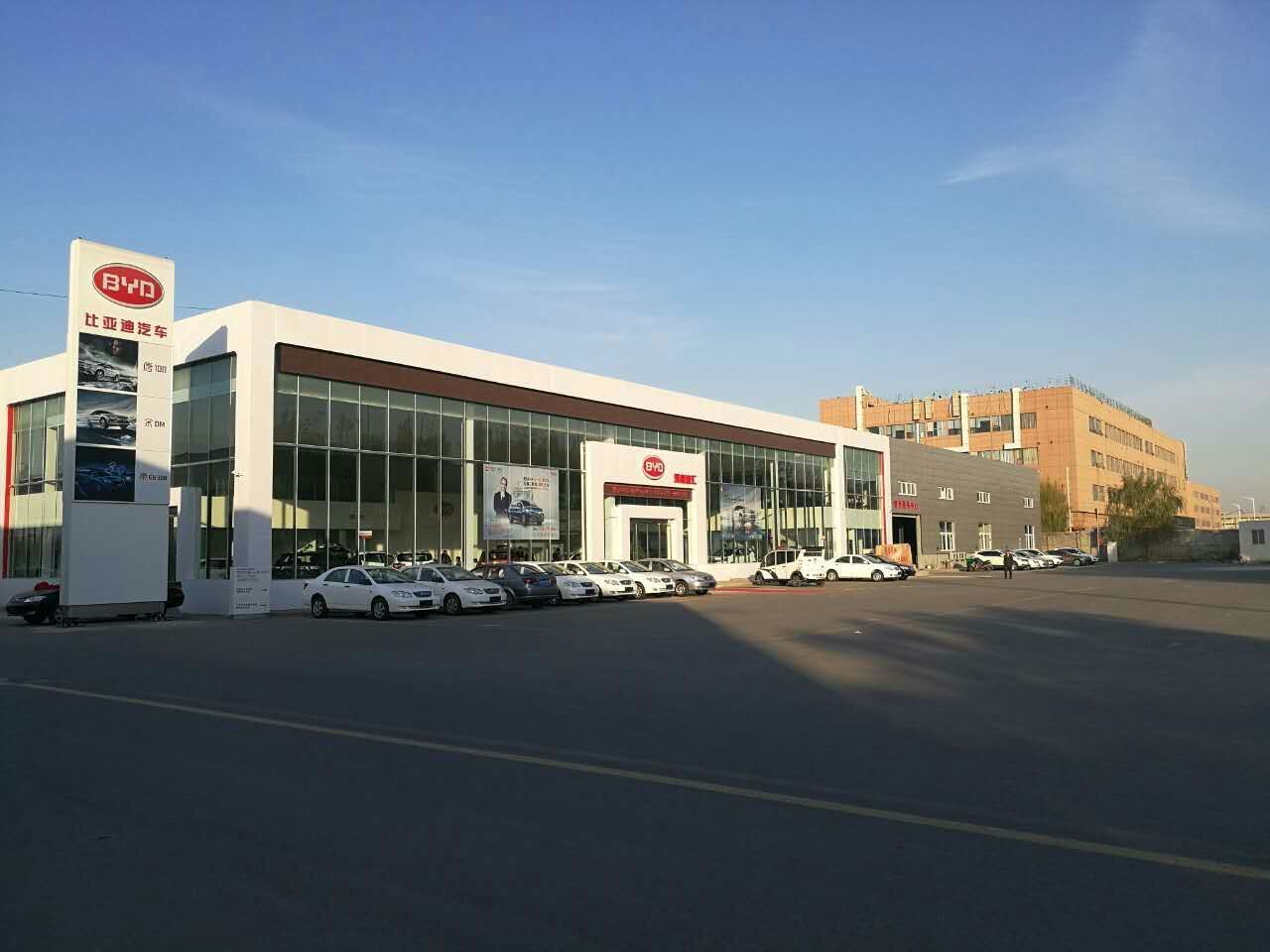In the world of architecture and construction, steel has long been revered for its strength, versatility, and aesthetic appeal. From towering skyscrapers to intricate bridges, the art of building with steel structures has revolutionized the way we think about design and manufacturing. Join us as we delve into the fascinating world of steel construction and explore the innovation, precision, and creativity that go into creating these marvels of modern engineering.
– The Versatility of Steel Structures in Modern Architecture
Steel structures have become a staple in modern architecture due to their incredible versatility and durability. From skyscrapers to bridges, steel offers a sleek and modern aesthetic that can transform any building into a work of art. The manufacturing process of steel structures involves precision engineering and cutting-edge technology, resulting in structures that are not only visually stunning but also incredibly strong and long-lasting.
One of the key benefits of steel structures is their adaptability to various design styles and architectural needs. Steel can be molded and shaped into almost any form, allowing architects to push the boundaries of creativity and imagination. Whether it’s creating a sleek, minimalist facade or a complex geometric pattern, steel structures offer endless possibilities for designers to explore. Additionally, steel structures are resistant to fire, corrosion, and pests, making them a sustainable and eco-friendly choice for modern construction projects.
– The Precision and Expertise Needed in Steel Manufacturing
When it comes to steel manufacturing, precision and expertise are essential components in creating durable and reliable structures. Steel is known for its strength and versatility, but the process of manufacturing steel requires careful attention to detail. Skilled engineers and workers must work together to ensure that each piece of steel is cut, shaped, and welded to exact specifications. This level of precision is what ultimately determines the quality and longevity of the finished product.
Steel manufacturing is truly an art form, where each piece of steel is meticulously crafted to fit together seamlessly. From creating the initial design to the final assembly, every step of the manufacturing process requires a high level of expertise. This precision is what allows steel structures to withstand massive amounts of weight and pressure, making them a popular choice for skyscrapers, bridges, and other large-scale projects. Without the skill and dedication of steel manufacturers, these impressive structures would not be possible.
– Key Considerations for Designing and Constructing Steel Buildings
When it comes to designing and constructing steel buildings, there are several key considerations that are essential for a successful project. One of the most important factors is the structural integrity of the building. Steel is a strong and durable material, but it must be properly designed and constructed to ensure that it can withstand the forces of nature and the test of time. This involves careful planning and engineering to ensure that the building is structurally sound and meets all safety requirements.
Another important consideration is the aesthetic appeal of the building. While steel is often associated with industrial and utilitarian structures, it can also be used to create beautiful and innovative designs. Architects and designers can use steel to create unique shapes and forms that are visually striking and appealing. It is important to consider the overall design aesthetic and how the steel structure will fit into its surroundings, whether in an urban setting or a natural environment.
– Sustainable Practices and Innovations in Steel Structure Development
Steel structures have long been a staple in architectural design, offering strength, durability, and versatility. With advancements in manufacturing techniques and a growing focus on sustainability, the steel industry is constantly evolving to meet the demands of today’s construction projects. Innovations in steel structure development have led to more efficient manufacturing processes, reduced waste, and improved performance in buildings.
One key sustainable practice in steel structure development is the use of recycled materials. By incorporating recycled steel into construction projects, companies can significantly reduce their carbon footprint and help conserve natural resources. Additionally, advances in technology have allowed for the development of high-strength steel alloys that are lighter and stronger than traditional steel, offering designers more flexibility in their creations. As the demand for eco-friendly building materials continues to grow, steel manufacturers are investing in research and development to further improve the sustainability of steel structures.
Q&A
Q: What is the significance of steel structures in modern architecture?
A: Steel structures play a crucial role in modern architecture, providing strength, flexibility, and aesthetic appeal to buildings and infrastructure projects.
Q: How is steel manufacturing different from traditional construction methods?
A: Steel manufacturing involves fabricating steel components off-site in a controlled environment, which allows for precision and efficiency in construction compared to traditional methods.
Q: What are some unique design possibilities offered by steel structures?
A: Steel structures allow for innovative designs such as curved shapes, cantilevered structures, and open floor plans, creating visually stunning and functional spaces.
Q: How does the use of steel impact sustainability in construction?
A: Steel is a highly recyclable material, making it a sustainable choice for construction projects. Additionally, steel structures can be disassembled and reused, reducing waste and environmental impact.
Q: What are some challenges associated with building steel structures?
A: Challenges in building steel structures include initial costs, potential for corrosion, and specialized knowledge required for design and construction. However, the benefits outweigh these challenges in the long run.
In Retrospect
As we’ve explored the intricate world of steel structure and manufacturing, it’s evident that this art form requires a unique blend of precision, innovation, and creativity. From the initial design phase to the final assembly, steel structures stand as a testament to human ingenuity and the power of collaboration between design and engineering. As we continue to push the boundaries of what is possible, let us remember the beauty and strength that steel structures offer, shaping the world around us in ways we never thought possible. Join us on this journey of discovery and marvel at the art of building with steel.

